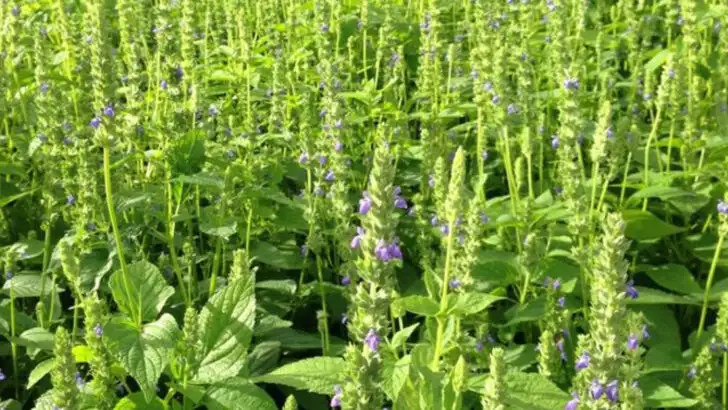Gardening in the American Southwest is a whole different ball game. Blistering sun, minimal rainfall, and alkaline soils can make it feel nearly impossible to grow your own food—unless you know which crops actually belong there. While many plants struggle to survive the intense heat and dryness, others have adapted over centuries to not just survive—but thrive in these conditions.
The secret lies in choosing smart, drought-tolerant crops. Whether you’re in Arizona, New Mexico, Nevada, or parts of Texas or California, the key is planting varieties that require minimal watering, have deep root systems, and can handle high temperatures without constant babying. The result? Less stress, lower water bills, and a much more sustainable growing system.
These 15 crops have earned their place in Southwest gardens. Some are ancient Indigenous staples, others are modern hybrids bred for heat tolerance—but all of them make perfect sense for today’s climate-conscious gardener who wants results, not guesswork. If you’re ready to grow food without fighting your environment, this list is the place to start.
Prickly Pear Cactus
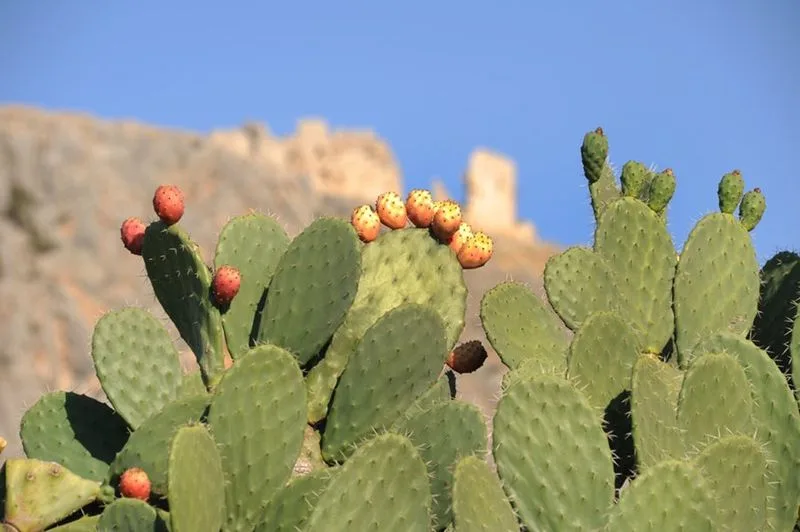
Prickly pear cactus offers a taste of the Southwest with its juicy fruits and striking silhouette. Adapted to the desert’s whims, this cactus doesn’t just survive—it thrives. The pads and fruits are both edible, offering versatility in culinary uses from jellies to salads. Its vibrant flowers add a splash of color to any arid landscape, while the fruit bursts with a unique, sweet flavor. With minimal water requirements, it stands as a symbol of resilience and adaptability, making it a favorite among desert gardeners. This plant is truly a feast for both the eyes and the palate.
Agave
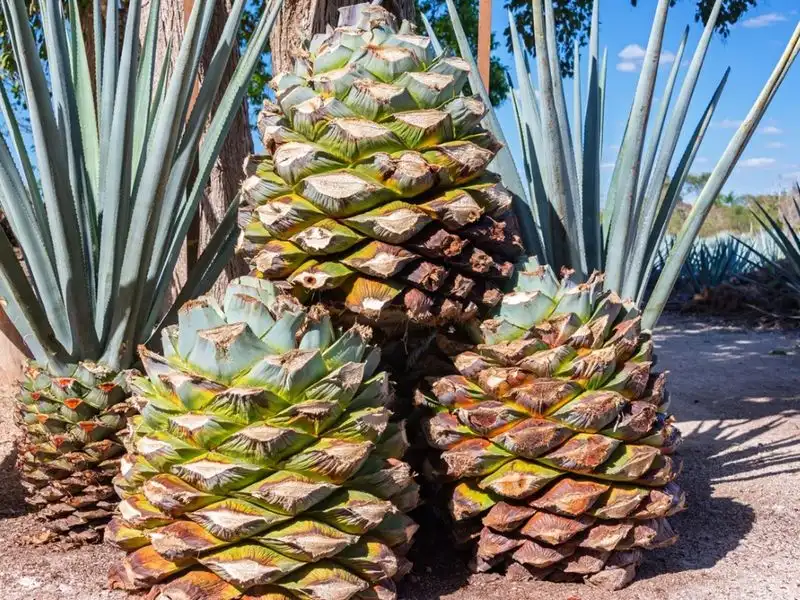
Agave is more than just tequila’s base. Its sculptural beauty makes it a striking addition to any garden. This plant thrives with little water, storing it efficiently in its thick leaves. Agave’s slow growth means it requires minimal care, perfect for those with hectic lives. Its leaves create a dramatic visual impact, embodying the rugged elegance of the desert. The plant’s long lifespan and resilience make it a sustainable choice, supporting local wildlife. Whether used ornamentally or harvested for its fibers, agave proves indispensable in the Southwest’s dry climate.
Mesquite
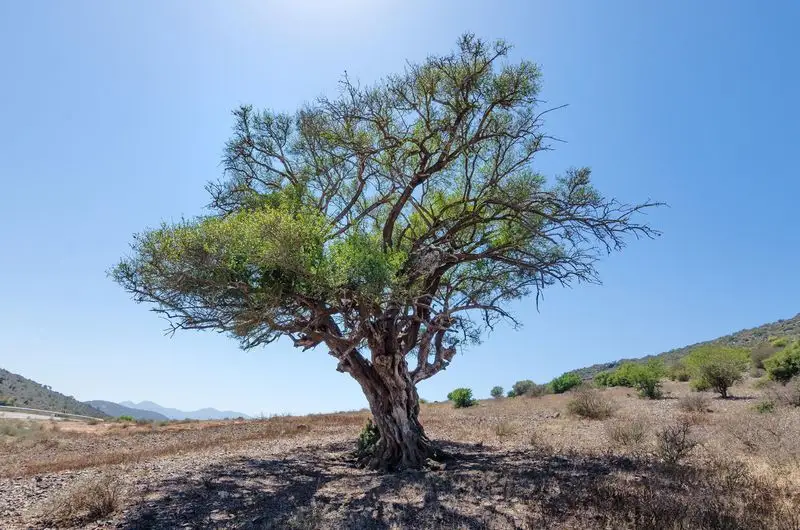
Mesquite trees, with their gnarled branches, are icons of the desert. They provide much-needed shade and enrich the soil with nitrogen, benefiting nearby plants. The pods, edible and sweet, can be ground into a nutritious flour, offering a taste of the desert’s bounty. Mesquite wood, known for its rich, smoky aroma, is prized for barbecuing. This tree’s deep roots tap into subterranean water, showcasing its adaptation to arid environments. Beyond its practical uses, mesquite adds a rustic charm to any landscape, embodying the spirit of the Southwest.
Yucca
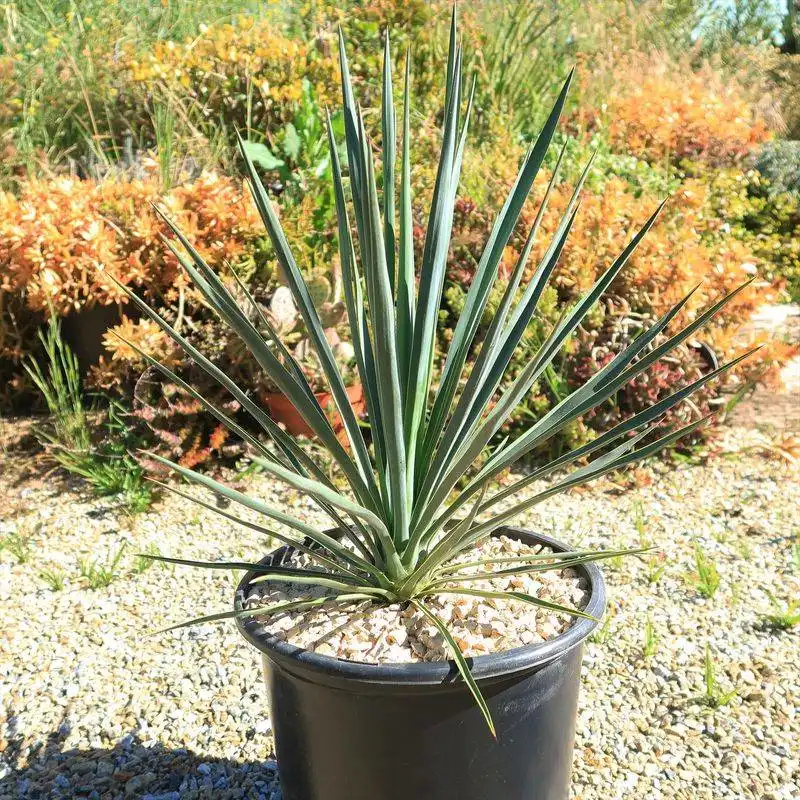
Yucca stands tall with its sword-like leaves and creamy blossoms. Its dramatic structure adds height and texture to gardens. Beyond aesthetics, yucca has deep cultural significance, used by Native Americans for food, medicine, and fiber. Its ability to store water in its roots and leaves makes it a desert survivor. The plant’s striking silhouette is enhanced by its towering flower stalks, which attract pollinators, promoting biodiversity. In the harsh Southwest climate, yucca is not only a hardy gardener’s ally but also a testament to nature’s ingenuity and beauty.
Chiltepin Peppers
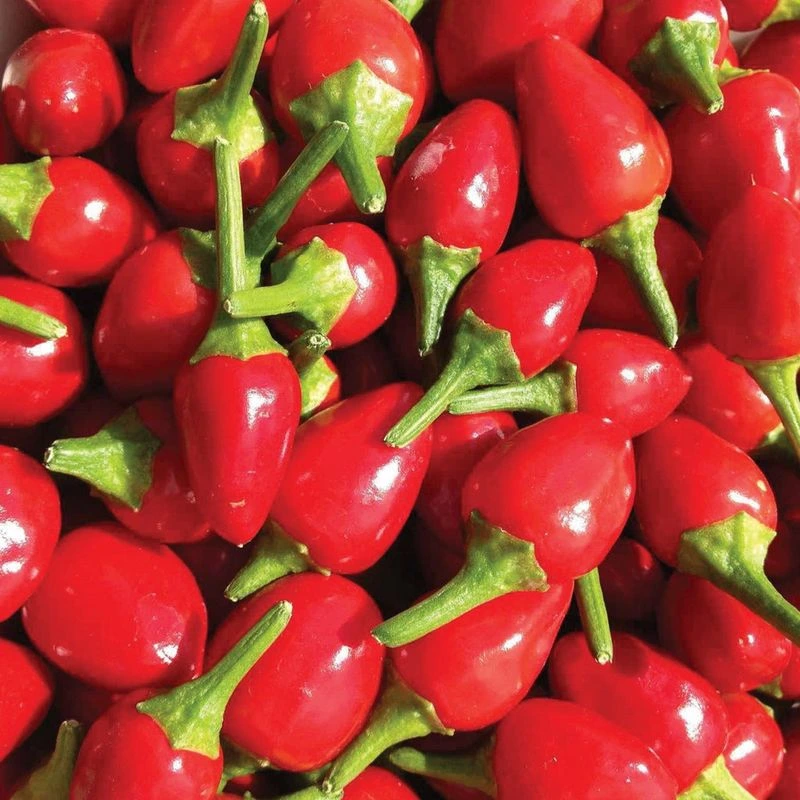
Chiltepin peppers pack a punch in a tiny package. These wild peppers are native to the Southwest, thriving in the heat with minimal water. Known for their fiery kick, they add a spicy zest to dishes, proving that dynamite comes in small sizes. Despite their heat, chiltepin peppers are easy to grow and are drought-tolerant. They add a burst of color and flavor, making them a favorite among spice lovers. Their resilience and bold taste make them a perfect crop for those looking to add some heat to their Southwestern garden.
Palo Verde
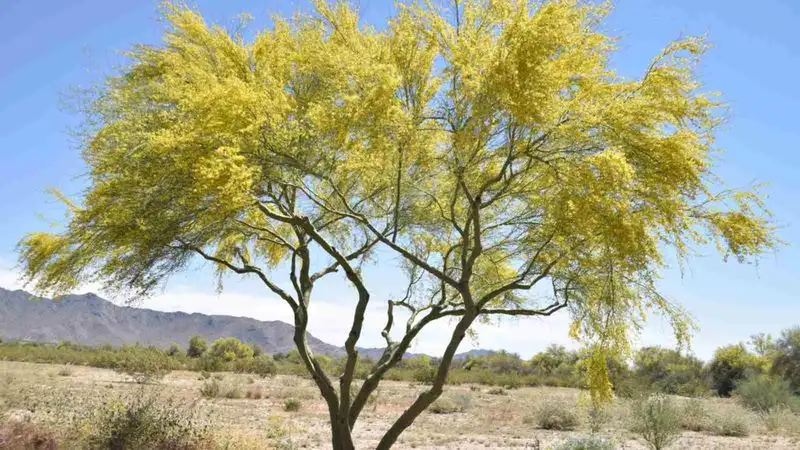
Palo verde, with its vibrant green bark and yellow blossoms, is a beacon of life in the desert. This tree is not only beautiful but also practical, providing shade and improving soil fertility by fixing nitrogen. Its flowers attract pollinators, playing a vital role in the ecosystem. Adapted to arid conditions, palo verde can survive on minimal water, making it a sustainable choice for desert landscapes. Its striking appearance and ecological benefits make it a celebrated symbol of the Southwest’s resilient beauty and life-giving spirit.
Saguaro Cactus
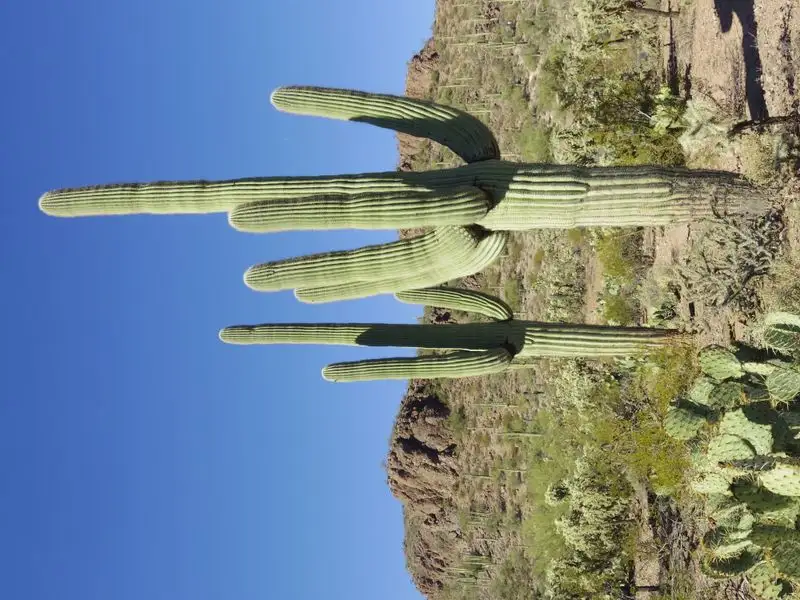
The saguaro cactus stands as a giant among desert plants, its iconic arms reaching skyward. Known for its majestic presence, this cactus can live for over a century. Its pleated structure allows it to expand and store water efficiently, surviving long droughts. The saguaro provides habitat and food for desert wildlife, playing a critical role in the ecosystem. Blooming with white flowers in spring, it adds beauty and life to the stark desert. As a true survivor, the saguaro embodies the endurance and grandeur of the American Southwest.
Tepary Beans
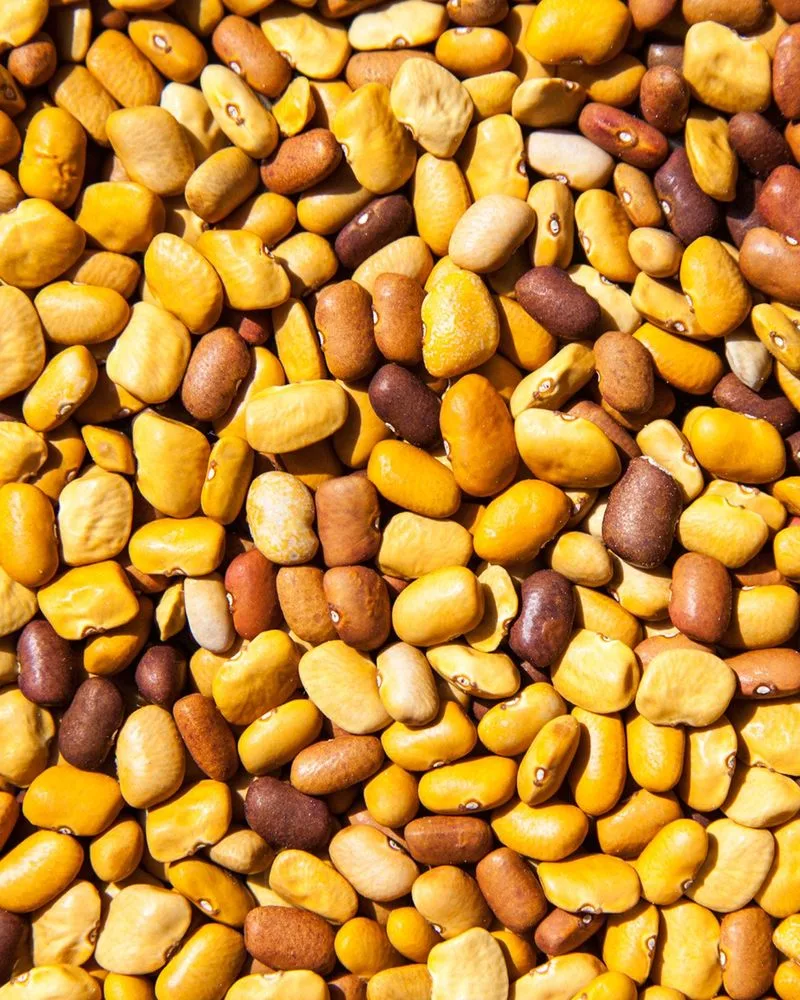
Tepary beans have been cultivated for centuries by indigenous peoples in the Southwest. Known for their drought tolerance, these beans thrive where others cannot. Their creamy texture and rich flavor make them a staple in local cuisine, providing essential nutrients and protein. Tepary beans enrich the soil through nitrogen fixation, making them a beneficial companion plant. Easy to grow and harvest, they are a sustainable choice for arid gardens. Their historical significance and adaptability make them a cherished crop in the desert, connecting the past with the present.
Jojoba
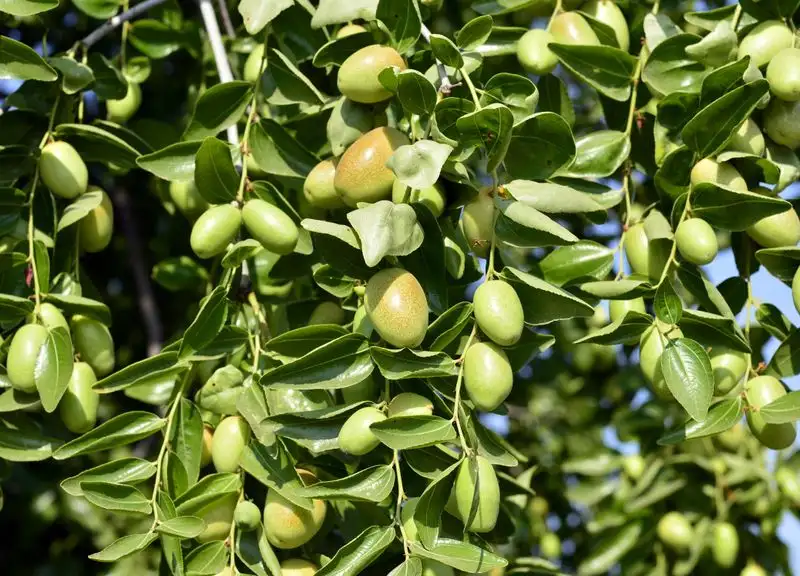
Jojoba is more than just a source of oil for cosmetics. This resilient shrub thrives in poor, sandy soils with minimal water. Its seeds produce a versatile oil, used for skin and hair care, showcasing the plant’s economic value. Jojoba’s deep roots prevent soil erosion, making it a valuable ally in desert conservation. With a hardy nature and low maintenance needs, it’s an ideal choice for sustainable landscaping. This plant proves that even in harsh conditions, beauty and utility can flourish together, making it a gem of the Southwest desert.
Aloe Vera
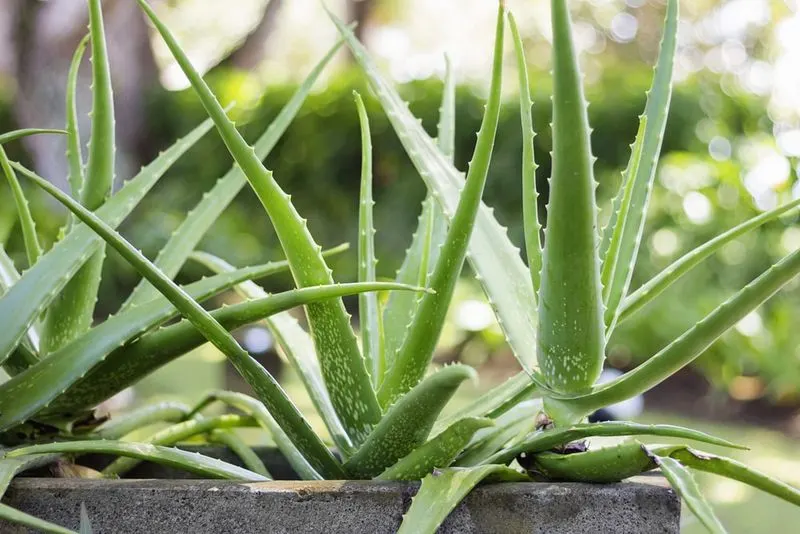
Aloe vera is cherished not only for its soothing gel but also for its hardiness. This succulent thrives in arid environments, requiring little care or water. Its fleshy leaves store moisture, allowing it to survive dry spells with ease. Aloe vera’s healing properties extend beyond sunburn relief, offering benefits for digestion and skin health. Easy to grow and propagate, it’s a favorite among those seeking low-maintenance plants. In the Southwest, aloe vera adds both beauty and medicinal value to gardens, standing as a testament to resilience and natural healing.
Barrel Cactus
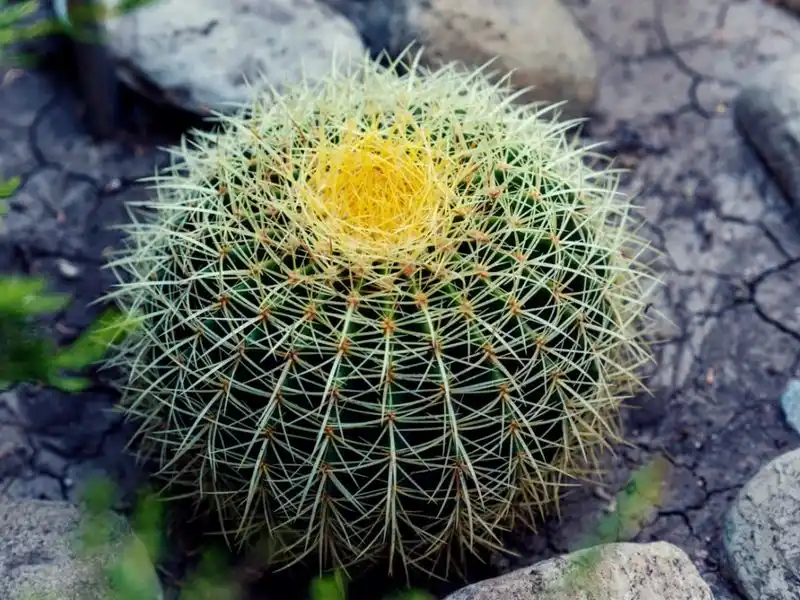
Barrel cactus, with its round shape and colorful flowers, is a staple of the desert garden. Its ribbed body allows it to expand and store water, making it exceptionally drought-tolerant. This cactus is easy to care for, thriving in the harshest conditions with minimal attention. The vibrant blooms attract pollinators, supporting local biodiversity. Beyond its practical benefits, barrel cactus adds visual interest and character to any landscape. In the American Southwest, this plant stands as a symbol of strength and perseverance, embodying the unique beauty of desert life.
Ocotillo
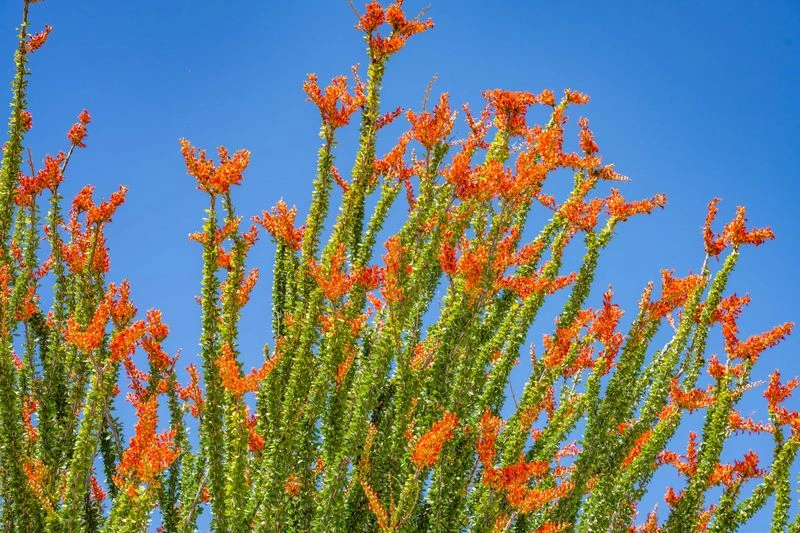
Ocotillo, with its spiny, whip-like branches and bright red flowers, is a striking feature of the desert. This plant is uniquely adapted to its environment, leafing out after rains and shedding leaves during drought. Its flowers attract hummingbirds, adding life and movement to the landscape. Ocotillo is easy to grow and requires little water, making it a practical choice for xeriscaping. This resilient plant not only provides visual drama but also supports wildlife, embodying the vibrant yet harsh beauty of the Southwest. It’s a dynamic addition to any desert garden.
Pomegranate
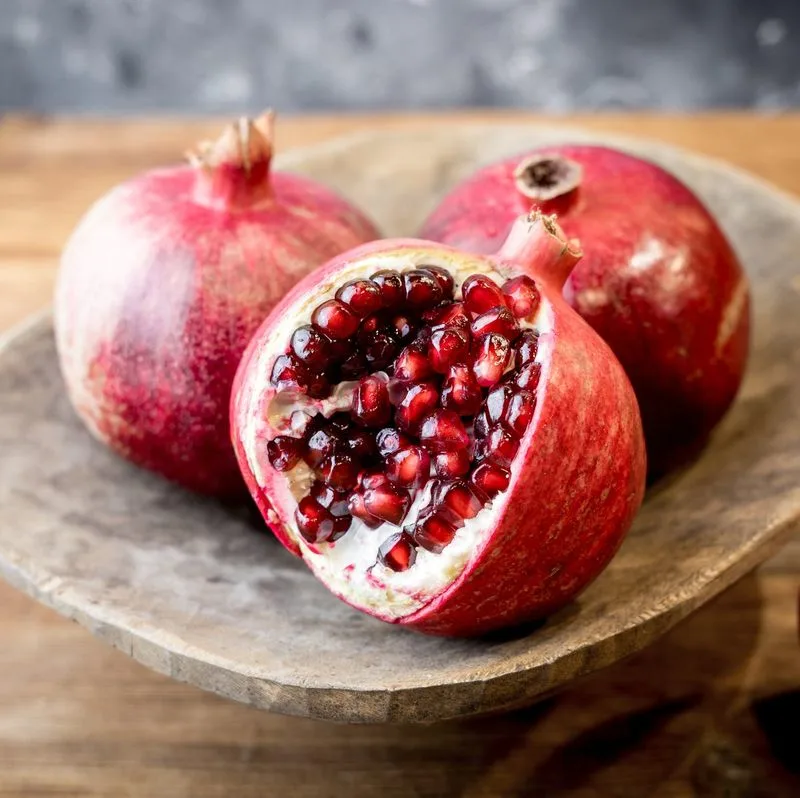
Pomegranate trees bring vibrant color and delicious fruit to desert gardens. They thrive in the heat, producing juicy, antioxidant-rich fruits that are both tasty and beneficial for health. The tree’s striking flowers and glossy leaves add aesthetic appeal, creating a lush oasis in arid environments. Pomegranates are relatively low-maintenance, requiring minimal water once established. With historical roots in ancient cultures, they symbolize abundance and prosperity. In the American Southwest, pomegranate trees not only offer a bountiful harvest but also enhance the beauty and diversity of the landscape.
Desert Marigold
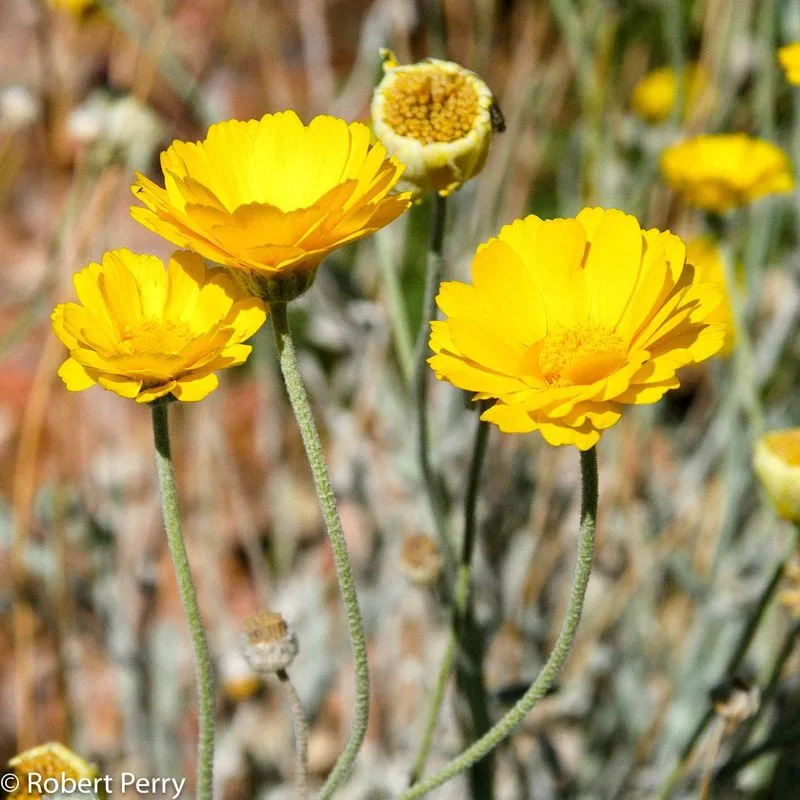
Desert marigolds bring sunshine to arid landscapes with their cheerful blooms. These hardy perennials are perfectly suited for dry conditions, needing little water to thrive. Their bright yellow flowers attract pollinators, enhancing the ecosystem’s health. Desert marigolds are not just pretty faces; they offer erosion control and require minimal care. This makes them a favorite among gardeners seeking vibrant, easy-to-maintain options. In the Southwest, desert marigolds add a splash of color and life to otherwise barren spaces, embodying the resilient spirit of desert flora.
Chia
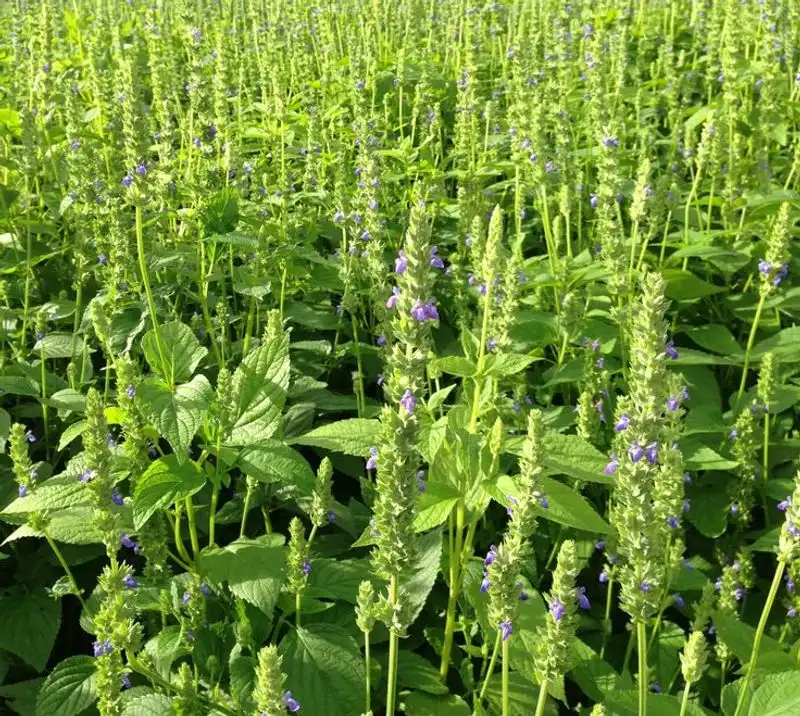
Chia seeds, known for their nutritional punch, are produced by a plant that thrives in the desert. These tiny seeds, packed with omega-3s and fiber, have been a staple since ancient times. Chia plants are drought-tolerant, requiring little water to produce their bountiful seeds. Their delicate purple flowers add beauty to gardens, while the seeds offer versatile culinary uses. Easy to cultivate, chia supports sustainable agriculture in arid regions. In the American Southwest, chia plants embrace the challenge of dry conditions, delivering both beauty and nourishment to those who cultivate them.

